The recommended torque for tightening
engineering bolts depends on various factors, including the bolt size, material, and the specific requirements of the application. The torque specification is crucial to ensure that bolts are tightened to the appropriate level to achieve the desired clamping force and joint integrity. Here are some general considerations:
Manufacturer Recommendations:
Manufacturers often provide torque specifications for their bolts. These recommendations are based on the material properties and intended use of the bolts. Always refer to the manufacturer's documentation for specific torque values.
Industry Standards:
Various industries and applications have standards that provide guidelines for torque values. For example, organizations like the American Society of Mechanical Engineers (ASME) and the International Organization for Standardization (ISO) provide standards that include torque specifications for different types of bolts.
Bolt Size and Grade:
Larger bolts and bolts with higher strength grades generally require more torque to achieve the desired clamping force. Ensure that the torque values align with the specific size and grade of the bolts being used.
Lubrication:
The use of lubricants on threads can affect the torque-tension relationship. If a lubricant is used, ensure that the torque values are adjusted accordingly based on the lubrication method.
Joint Material:
The material of the joint being fastened can influence the torque requirements. For example, different torque values may be specified for bolts used in aluminum joints compared to steel joints.
Surface Condition:
The condition of the bolt threads and the surfaces of the joint can impact the torque needed. Properly cleaned and prepared threads can lead to more accurate torque application.
Assembly Conditions:
Consider the conditions under which the bolts will be tightened. Factors such as temperature, vibration, and the presence of external forces can affect the torque requirements.
Testing and Calibration:
Use calibrated torque wrenches or other appropriate tools for tightening bolts. Regularly calibrate torque tools to ensure accuracy.
It's important to note that over-torquing or under-torquing bolts can lead to issues such as joint failure, inadequate clamping force, or damage to the bolts. Therefore, following the recommended torque specifications is crucial for the proper functioning and safety of the assembled components. Always consult the relevant standards, guidelines, or the manufacturer's recommendations for the specific bolts and application in question.

 中文简体
中文简体
 English
English
 Español
Español
 Deutsch
Deutsch



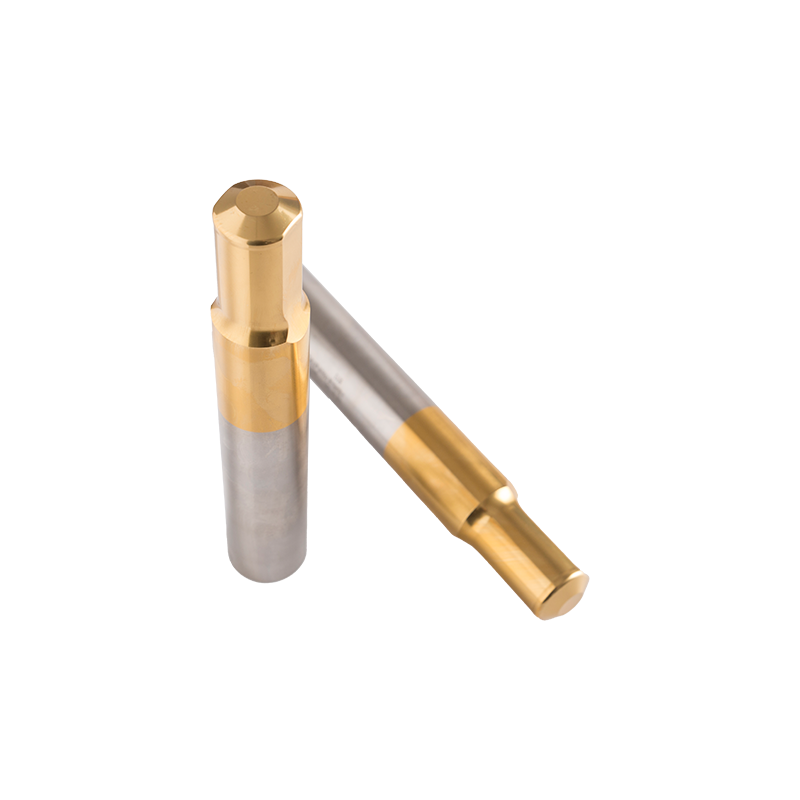
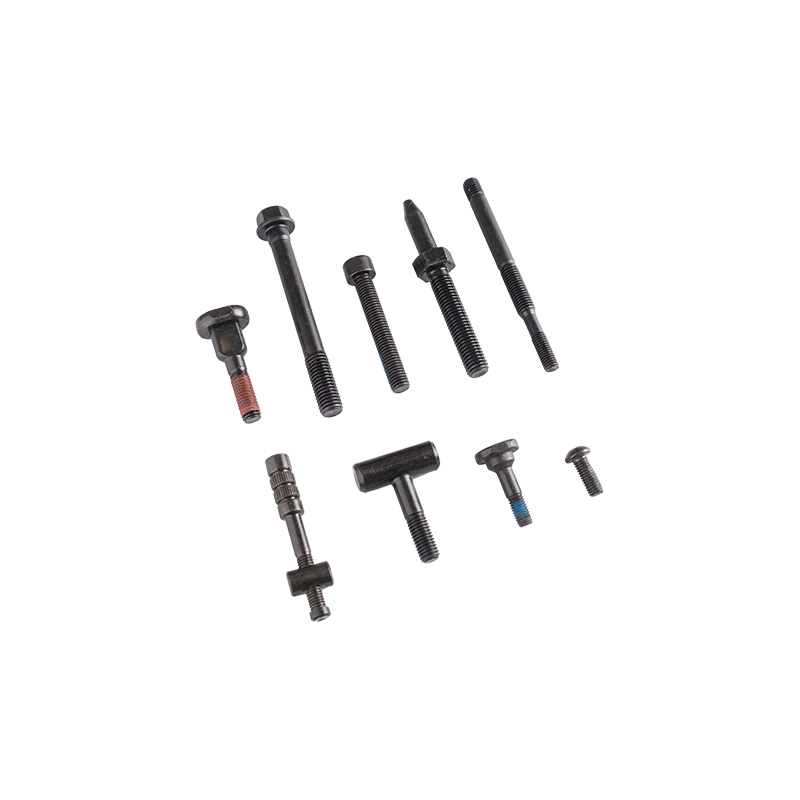


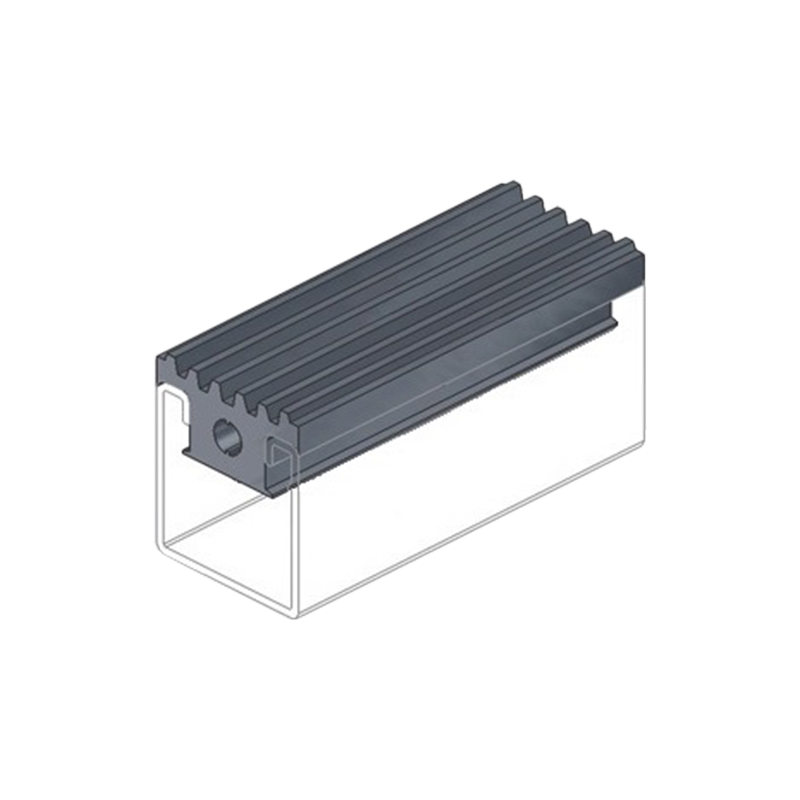
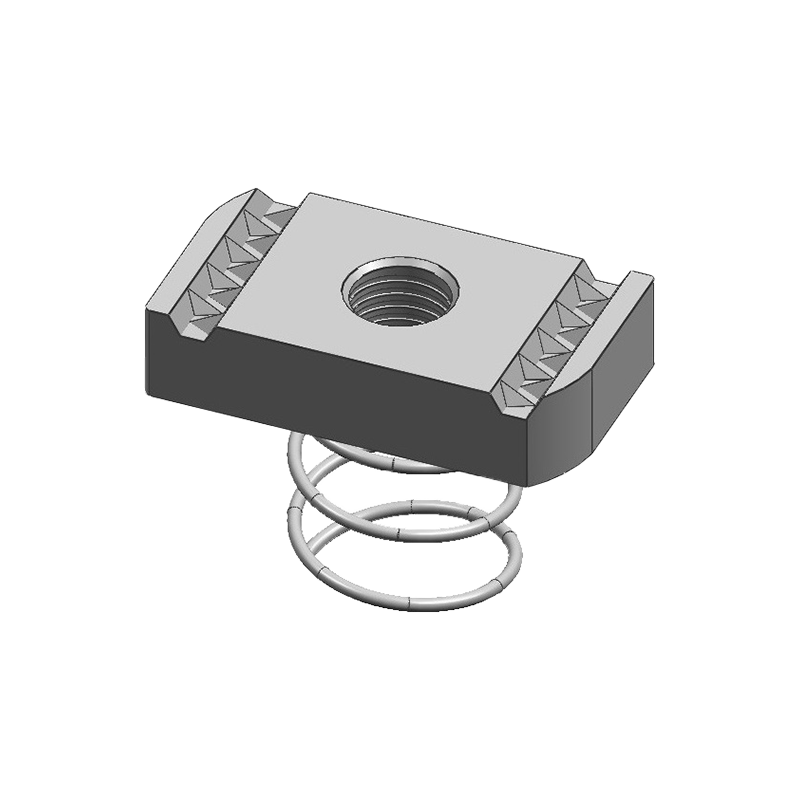
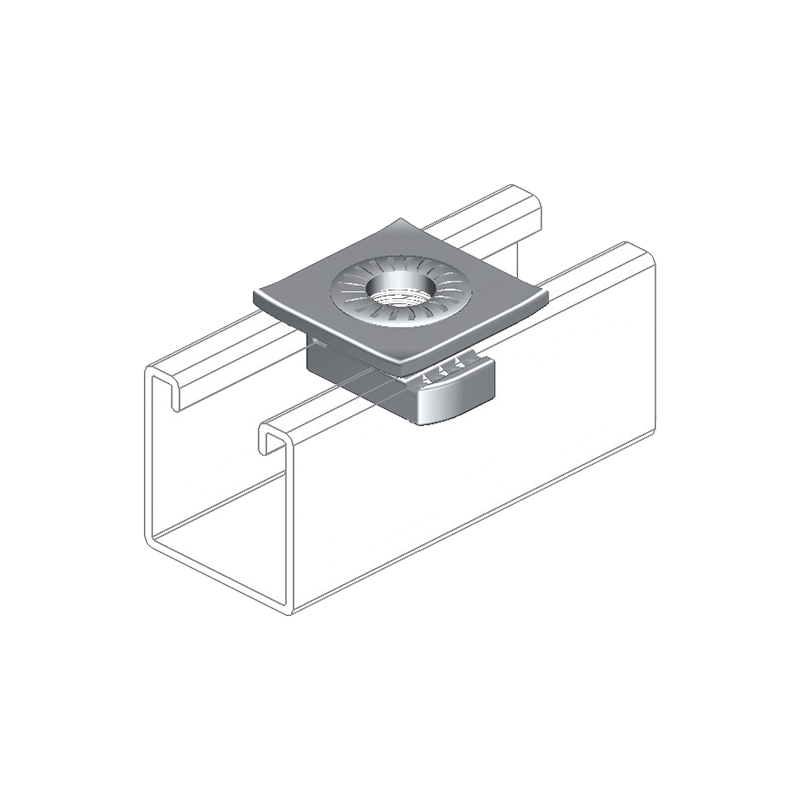
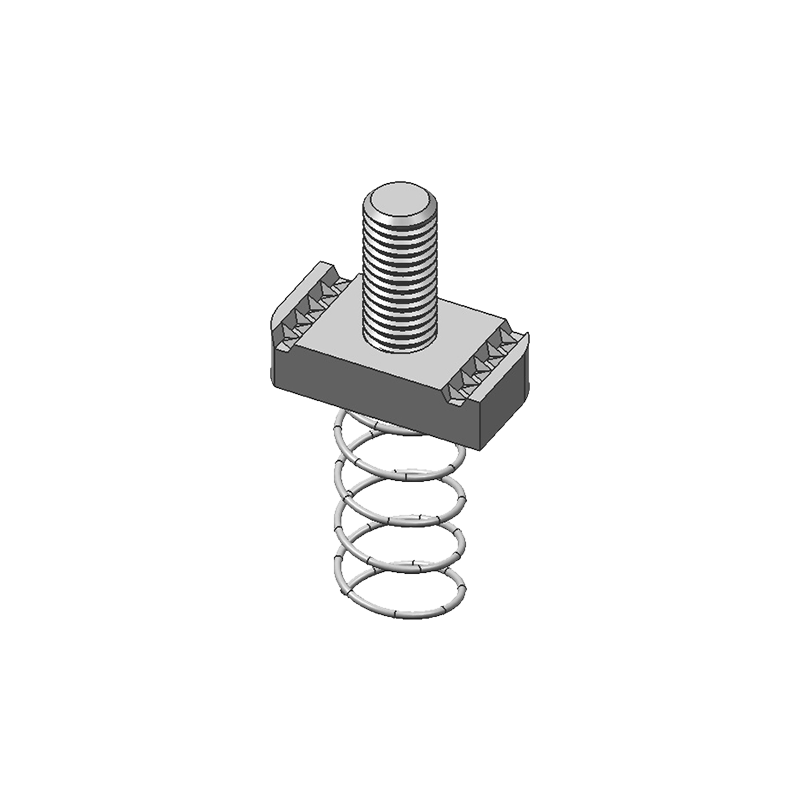
.png)
.png)







